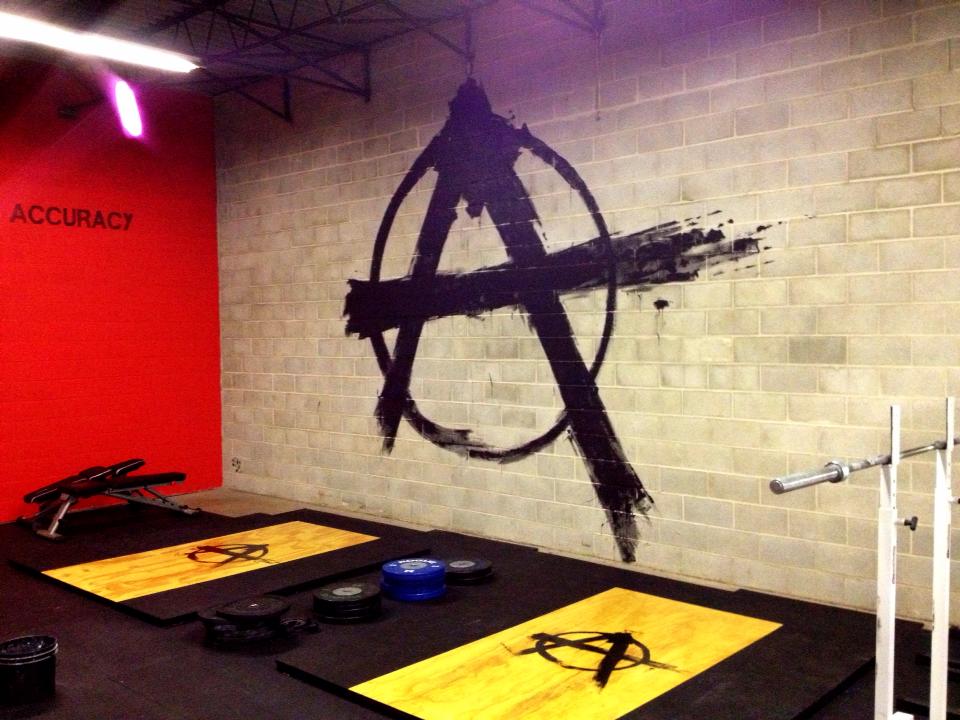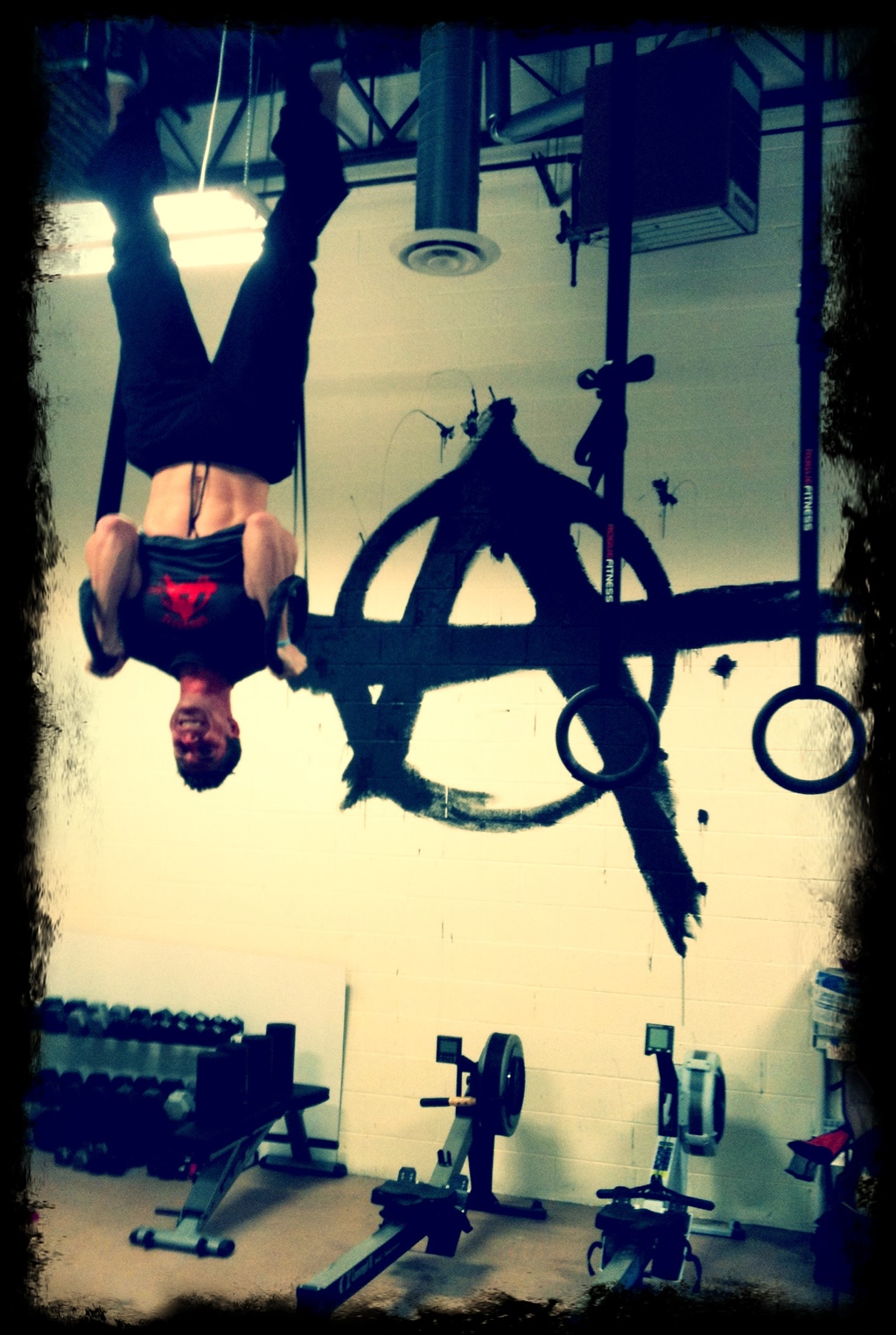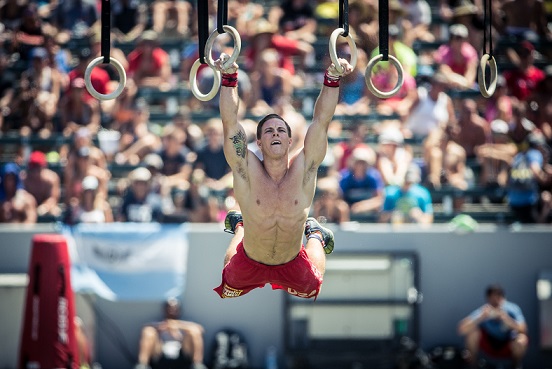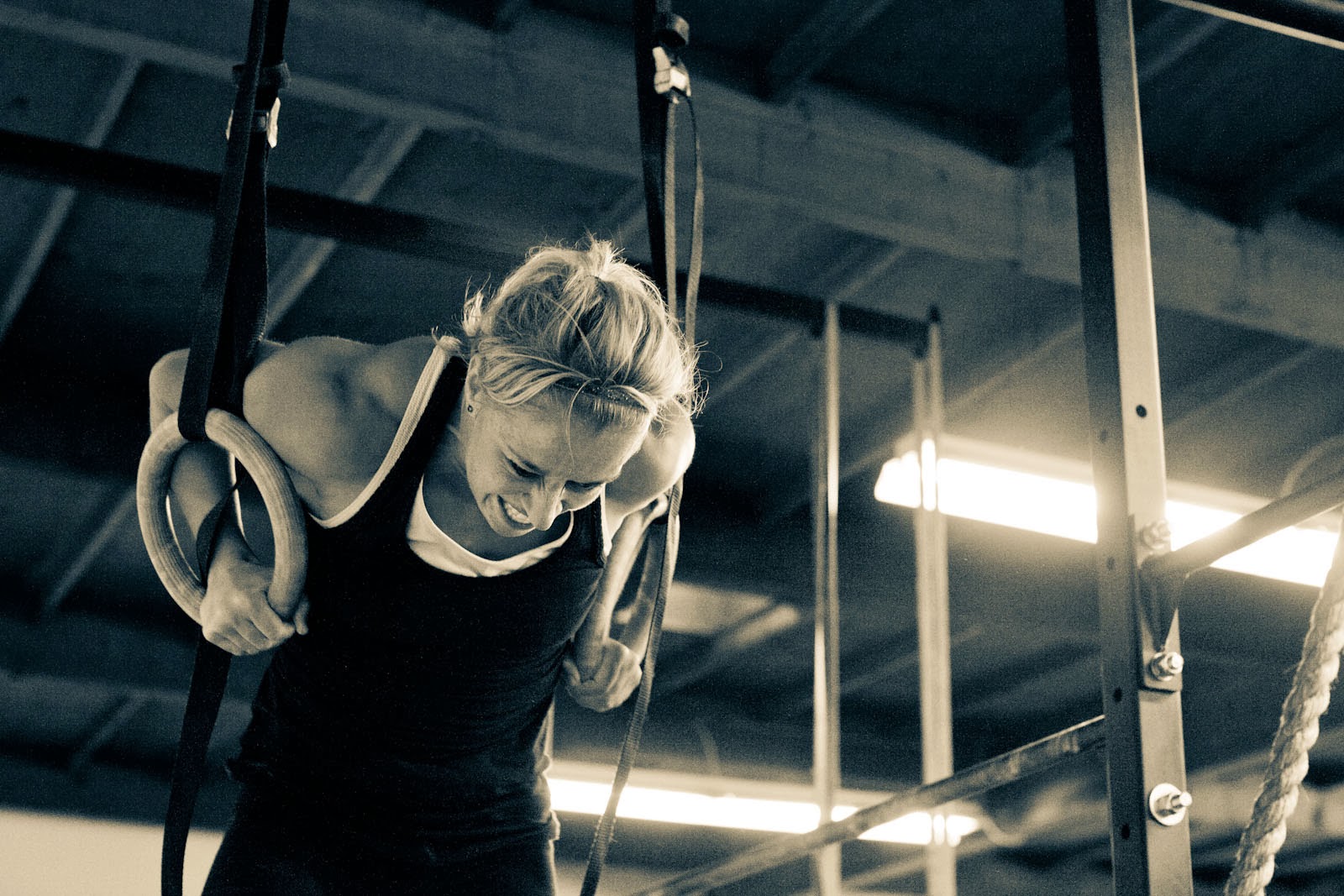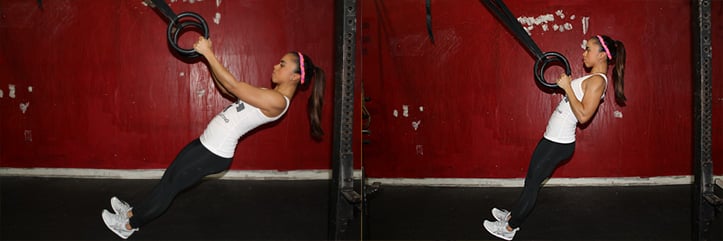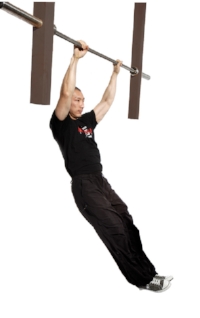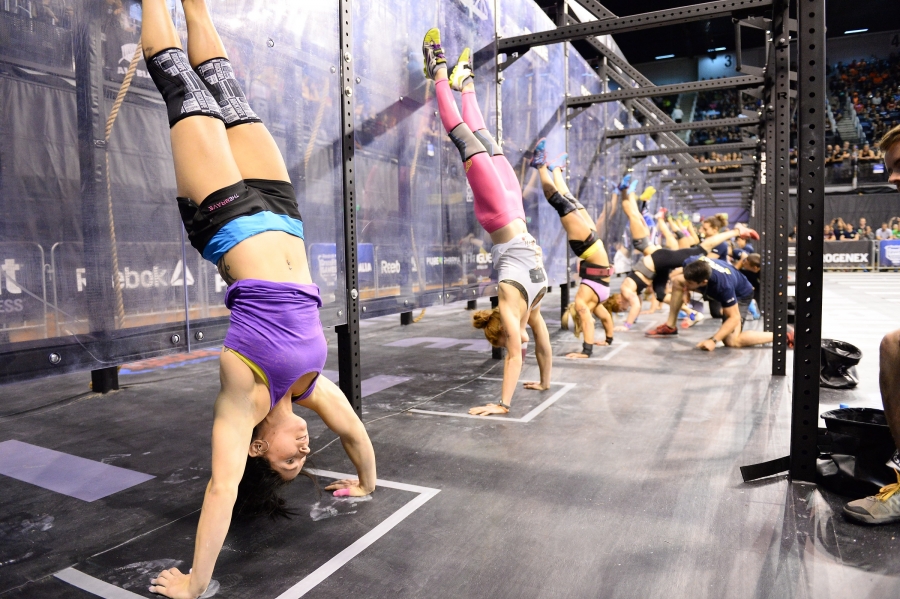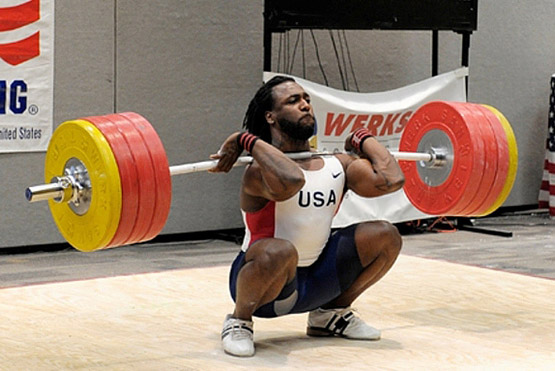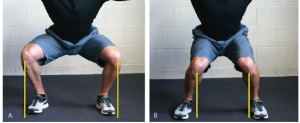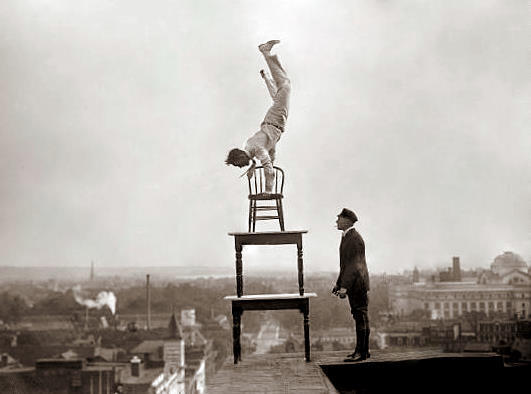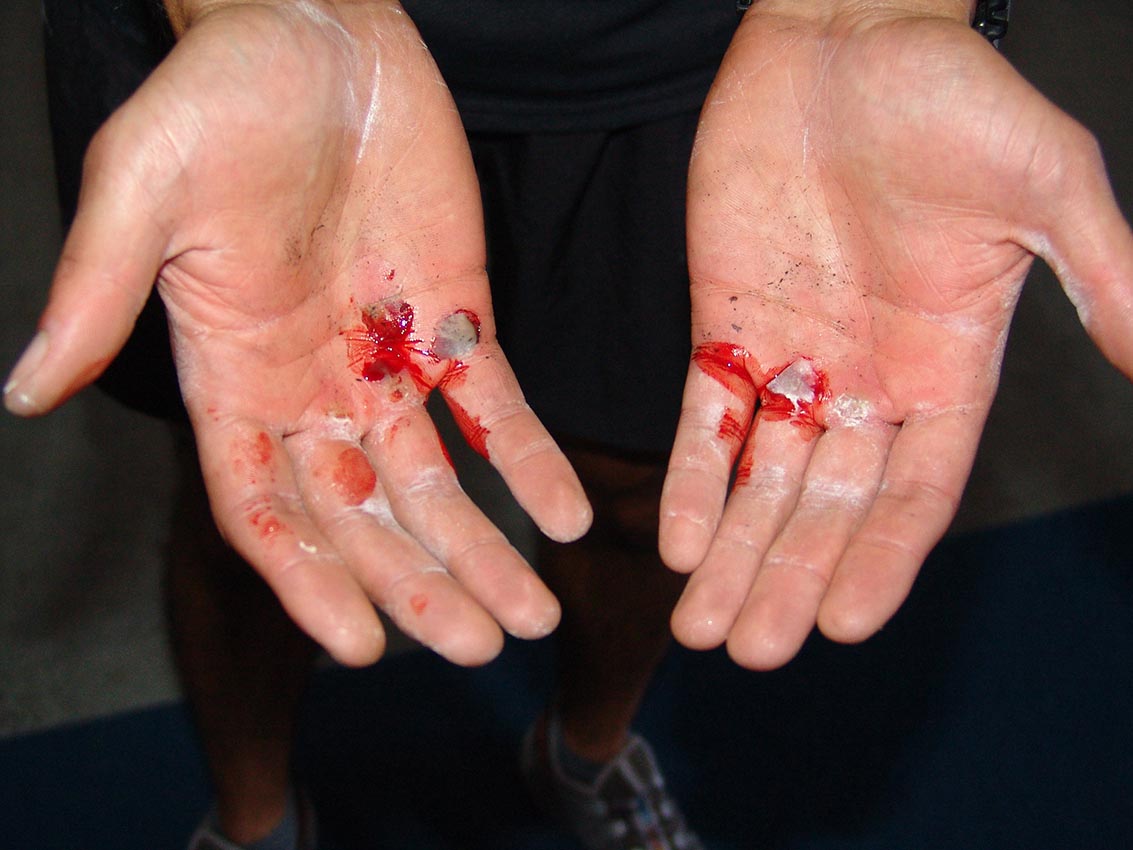A New Year
Amplify & Anarchy: What's with the logo? The anarchy “A” symbol was adopted for CrossFit Amplify almost 6 years ago.
Early on, the logo was debated. Would it be too edgy? A turn-off, for some? Will it be mistaken as a promotion of chaos or mayhem? Or could it be a great draw to our barebones approach to fringe fitness?
It's a delicate subject, particularly since the concept of anarchy has a confusing and negative past. When the question comes up, I find myself answering in a variety of ways depending on time and the sentiment in which the question seems founded.
Sometimes it's a simple, "Yep! Yeah, it is the same symbol. We thought the circle 'A' would look cool."
Other times a more detailed explanation helps, since research proves the term is a bit misunderstood and maligned.
Although anarchy now represents disorder, a true anarchic view was/is not necessarily what the masses and extremists have come to see it as. In its original meaning, anarchy does not equate to mayhem. It is not chaos. It is not barbarism. And it is definitely not terrorism. The initial meaning of anarchy as it relates to human beings is the concept of having no rulers and no masters. Rules, yes. Absolute rulers, no. But the accepted definition now involves a belief in the absence of government and/or not recognizing authority through lawlessness, disruption, and turmoil.
So why did Amplify assume such an image?
Below is further background, if you’ll humor me for a bit of a historical digression.
The "good" translation? No one person creates a living for another. We are born free, and should live as such.
A real anarchist in no way condones violence, instead preaching voluntaryism: the belief that our society can live voluntarily in action and transaction. In close relation, the non-aggressive principle is cited most commonly as a major component of anarchism, referring to a principle of ethics in which uninitiated aggression is illegitimate or improper.
In short, both of these terms explain that we are able to make our own decisions regarding what is safe or unsafe, healthy or unhealthy, and as long as we do not initiate violence and our choices in life do not negatively interfere in someone else’s well-being, we are free to act and react as we see fit.
In this context, then, anarchy means freedom.
From the anarchist viewpoint, the historic creation of government was to control people… in the negative sense. Control has historically occurred by the rich and powerful. The rule of people by people, held to a caste system, in a divisive state. Freedom only for those in power.
The "not-so-good" translation? Obviously, throughout history the anarchist belief system, and in turn the anarchy symbol, evolved in meaning. Many symbols have done so, some to a terrible end. Need an example? Check into the original scribing of the swastika in Sanskrit to its most recent use as propaganda with the Nazi Party, concurrently evolving to represent hate instead of good luck and well-being.
For the anarchy symbol, eventually it came to represent disorder, insubordination, and other negative actions, most of which are historically degenerative, destructive, and even violent. Which now means anarchy is and will heretofore be used as a term synonymous with mass chaos.
Some historically infamous figures have identified themselves as anarchists and have wreaked havoc on society, leading to this evolution of the term. Anarchists have committed assassinations of Presidents and other leaders, not just in America but across the globe. They have called on violence in the name of their idea of anarchy, just as hundreds of religious zealots have killed in the name of their gods. This is the extreme. These are terrorists.
True anarchists would never promote violence. But the real truth is that anarchy now does precisely that: it describes a state of disorder.
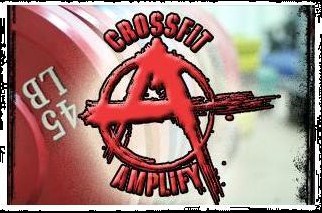
The point? The use of the anarchy “A” at the gym is by no means an endorsement of barbarism and chaos.
Quite fittingly, however, some modern conceptions of anarchy actually fit well into the CrossFit world of fitness.
- Non-conformity. There is a draw to CrossFit for many people—we began as an edgy, outsiders' collective of free-minded thinkers in our exercise habits. A non-conformist view towards corporate fitness, if you will.
- No rulers. No masters. A legitimate fitness progression within CrossFit means consistency can get us results, while variance can make those results optimal. Rules, but no boundaries. Our workouts see many leaders with many different strengths in many different fitness components... all who respect others who lead too. Masters? Only in terms of age.
- Chaos & Disorder. The workouts at Amplify are often chaotic, and in many ways bring a person back to an inherent, barbaric nature of primal physical work. We're never haphazard, but our MetCon workouts can definitely leave us feeling wrecked and disordered.
- Community. Our fastest, strongest, and most talented of athletes work right alongside our newest members and those still learning. In fact, we're all still learning. We build ourselves up by cheering each other on, no matter if it's the last member to finish a workout or our top athlete at a televised regional competitive event.
What does this all mean? It’s a free market notion that we’re in this together, that we all deserve an equal opportunity in life, just like we do in our personal fitness. This unity is larger than that which a top-down, politically biased, prejudiced workout society could ever force upon its "citizens."
And so, Amplify is full of anarchy. Disorder to the fitness norm. Disruption in sedentary lifestyle. Chaos in the MetCons. Unity through weekly suffering. Leaders by example in a community without a fitness caste system.
No matter what angle we take on the logo and associated term, every time the question comes up from now on, I will guide the conversation so it evolves into the fact that it is now our gym logo as well.
The circle “A” stands for Amplify. And that, dear AmpFam, makes it the most important symbol we could have adopted.
Yearly Challenge Each year I offer a motivational challenge to each and every reader, as prompted by our own love/hate relationship with CrossFit and the anarchy of the tough workouts we endure.
New to our AmpFam? Welcome. The journey is fun, but the outcome is better. And the group of people here are second to none. Check past posts regarding the fitness equation, dedication, progress, community, etc. Ask questions. Seek out answers.
The challenge? Step back and do some self-reflection. Think about what goals you have and how you will pursue those goals. Bigger than that? Think about what can be done to put some order into your chaotic life.
- What brought you in to the gym in the first place? Why did you step foot into Amplify?
- What are you doing to take the next step, to make the next advancement in your fitness journey?
- Where can the trainers help? Specifically, what can you communicate that would further benefit the time you put in the gym each and every week?
Whether you are an Amplify veteran or have just joined the ranks of our gym, here’s looking ahead at another year of fitness without boundaries.
Thank you for being here, and as always, thank you for reading, you rebels.

